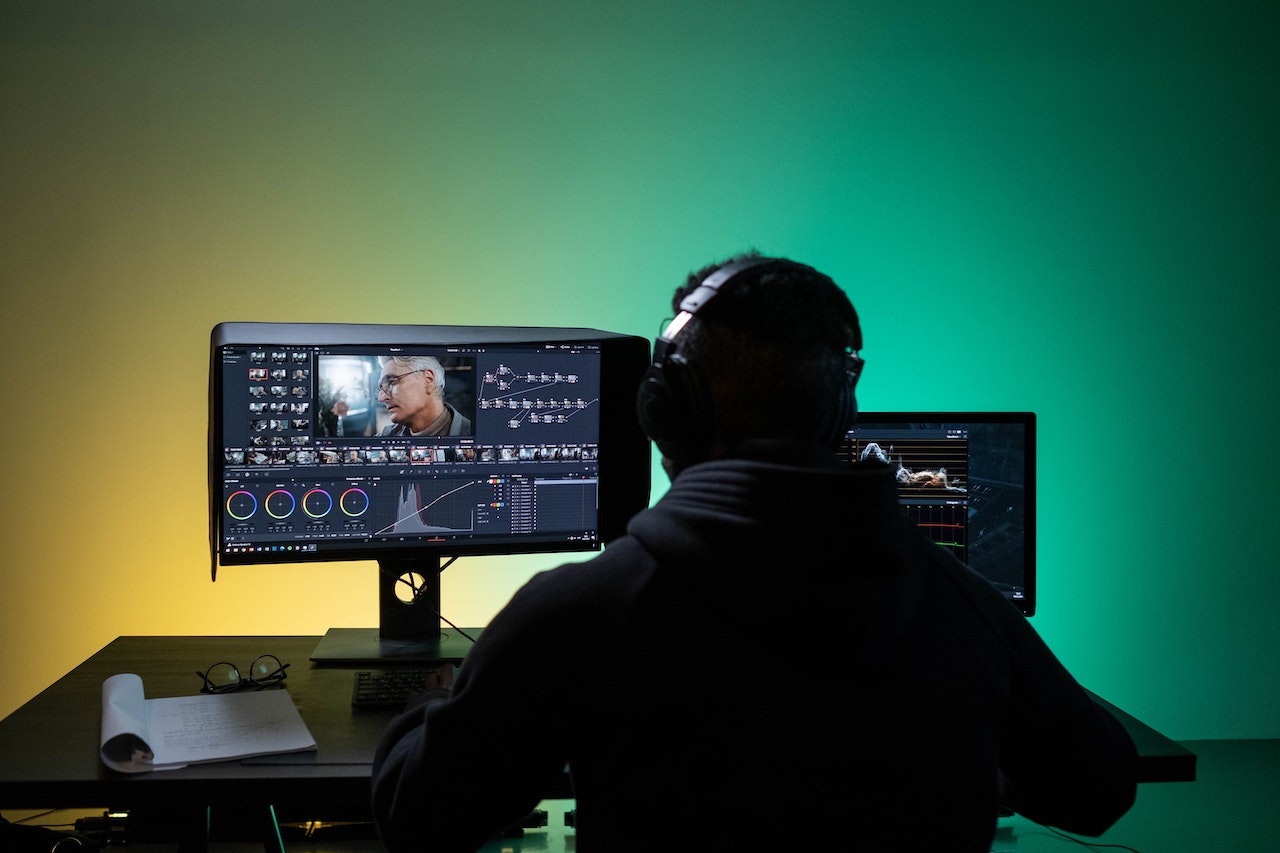Video testimonials from real customers are a great way to promote your brand and bring newcomers on board without having to rely solely on marketing hype.
Of course, not every video testimonial hits the mark, so you need to keep the following best practices in mind when putting yours together so that you don’t fall foul of common mistakes.
1. Know Your Audience
As a business owner or marketer, you need to know who your customer testimonials are intended for. Understanding their needs and interests will help ensure that the video content resonates with them.
Consider what type of message would be most effective for this particular audience and tailor the content accordingly. Ask yourself questions like:
- Who is my target demographic?
- What do they want to see in a customer video testimonial?
- How can I make it engaging enough so they’ll watch until the end?
Taking time to consider these questions before starting production will go a long way toward creating an impactful video experience tailored specifically for your viewers.
2. Make It Personal
When creating customer video testimonials, making the content as personal and relatable as possible is important.
Ask customers questions that will draw out their individual stories and experiences with your brand or service. This helps create a stronger connection between viewers and the customer in the video, which is essential for establishing trust and building brand awareness.
Encourage customers to speak from their own perspective rather than solely relying on scripted lines. This allows them to share genuine emotions about what they’ve experienced without feeling like they have to read off of a script.
Above all else, focus on making your videos feel real and authentic by featuring sincere conversations that highlight unique points of view. This will lead to more meaningful connections with potential customers who are considering using your services.
3. Offer A Seamless Experience
Creating a professional customer video testimonial requires attention to detail, both in terms of quality and production. However, it’s arguably more important to take steps to provide the customers with a straightforward way to create the content you need for your clips.
This is where a platform like VocalVideo comes into play, as it lets customers record a testimonial and submit it remotely, taking a lot of the legwork out of the process.
You can prearrange every aspect of the experience, from the questions being asked to the formatting, so that end users don’t have to do anything too complex or labor-intensive to make a contribution.
The easier and more seamless the experience of recording testimonials is for customers, the more submissions you’ll receive. As such, using the right tools is a must.
4. Engage With Viewers Through Interactivity
Customer video testimonials should be more than just a one-way conversation. They should engage viewers and invite them to interact with your brand.
One way to do this is by including interactive elements such as surveys, quizzes, or polls, allowing customers to provide feedback directly from the video. This helps you gain deeper insight into customer preferences and can also offer opportunities for further engagement down the line.
Consider adding subtitles or captions in multiple languages as well, so viewers worldwide can better understand what’s being said in each testimonial. This will make it easier for them to connect with your message on a personal level and will also be beneficial when sharing the clips via social media, where there’s no guarantee that the audio track will be activated by default.
5. Feature Unique Perspectives To Stand Out
In a saturated market, customer video testimonials should be elevated above the rest of the sea of content. Think outside the box and feature customers with unique stories or perspectives that will draw in an audience.
Try to mix it up by featuring different types of people, such as regular customers, influencers, and industry professionals. That way, viewers are exposed to diverse points of view when watching your videos.
This has the added benefit of covering all your bases in terms of connecting with customers and gaining their trust. Some will be more likely to believe statements made by average people, while others will prefer to hear from experts, so give each group what they need with your testimonials.
6. Leverage Storytelling Techniques
The best customer video testimonials are the ones that evoke emotion and create a connection with viewers. To achieve this, you need to tell stories in an engaging way that resonates with your target audience.
Think about what kind of narrative will draw them in, and craft each scene accordingly. Make sure you include key elements such as a protagonist, the conflict or problem they’re facing, and the resolution or solution that wrapped everything up. That way, it feels like an actual story being told rather than just random statements strung together.
Use visuals when necessary to illustrate points more clearly, and add music or sound effects to enhance the overall experience. These small touches can go a long way toward creating powerful testimonial videos customers won’t soon forget.
7. Keep Videos Short And Sweet
When it comes to customer video testimonials, less is more. Aim for short and concise videos so viewers don’t get bored or overwhelmed with too much information.
Also, keep the tone light and conversational rather than overly formal, and use authentic language that people can relate to.
The key takeaway here is to keep it brief but impactful. You want customers watching until the very end and feeling inspired by what they’ve seen.
The Bottom Line
The last thing to say about customer video testimonials is that you don’t have to stick to the same strategy time after time. Instead, you need to be reviewing how each clip performs and change future efforts to improve the outcome if there are obvious areas of weakness in your existing approach.
It’s even worth seeing how rival businesses are handling this because you can get a sense of what is effective and what is less than ideal without needing to do all the hard work yourself.







